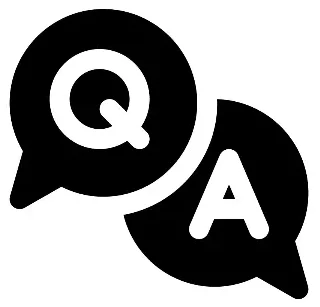Module 3: Introduction to Cloud Run and Google Kubernetes Engine
Looking for ‘Developing Containerized Applications on Google Cloud Module 3 Answers’?
In this post, I provide complete, accurate, and detailed explanations for the answers to Module 3: Introduction to Cloud Run and Google Kubernetes Engine of Course 6: Developing Containerized Applications on Google Cloud – Preparing for Google Cloud Certification: Cloud Developer Professional Certificate
Whether you’re preparing for quizzes or brushing up on your knowledge, these insights will help you master the concepts effectively. Let’s dive into the correct answers and detailed explanations for each question!
Quiz
Graded Assignment
1. From which of these container registries can Cloud Run pull container images? Select three.
- Other public or private registries
- Artifact Registry ✅

- GitHub
- Container Registry ✅

- Docker Hub ✅

Explanation:
- Artifact Registry and Container Registry are Google Cloud services used to store and manage container images.
- Docker Hub is a widely used public container registry where images can be pulled from.
2. Which two pricing models are supported by Cloud Run?
- Pay per use ✅

- Fixed fee per service
- Based on the number of containers deployed
- CPU always allocated ✅

Explanation:
- Pay per use: Cloud Run charges only for the exact CPU, memory, and networking resources used while the container is handling requests.
- CPU always allocated: This pricing model ensures that the CPU remains allocated to the container even when there are no incoming requests, which is useful for background processing.
3. Which of the following statements about Cloud Run are correct? Select three.
- Before deploying a container to Cloud Run, you must first build your container image outside of Cloud Run.
- To deploy your container to Cloud Run, you can use the Google Cloud console, gcloud CLI, YAML configuration file, or Terraform. ✅

- To receive requests to your service on Cloud Run, you must manually provision an HTTPS endpoint URL.
- You can use Cloud Run to execute scheduled tasks or jobs. ✅

- Cloud Run runs and autoscales containers on-demand. ✅

Explanation:
- Cloud Run supports multiple deployment methods, including the Google Cloud console,
gcloudCLI, YAML configuration, and Terraform. - Cloud Run can execute scheduled jobs using Cloud Scheduler, making it useful for automated tasks.
- Cloud Run autoscales containers based on demand, adjusting the number of running instances dynamically.
4. Which of the following statements about Kubernetes and Google Kubernetes Engine are correct? Select three.
- A Kubernetes cluster consists of a control plane and machines called nodes. ✅

- Google Kubernetes Engine is a fully managed Kubernetes service that runs on Google Cloud. ✅

- A cluster running on Google Kubernetes Engine can only contain a single control plane.
- In Kubernetes, you can create and configure various kinds of resources in the API either imperatively or declaratively. ✅

Explanation:
- A Kubernetes cluster consists of a control plane (managing workloads) and nodes (machines running containers).
- Google Kubernetes Engine (GKE) is a fully managed Kubernetes service that automates cluster operations.
- Kubernetes allows resource creation and management using both imperative commands (
kubectl apply) and declarative configurations (YAML manifests).
5. In Kubernetes, a pod is:
- Another name for a Deployment.
- A group of one or more containers. ✅

- A collection of services.
- A set of nodes that run your application workloads.
Explanation:
A pod is the smallest deployable unit in Kubernetes, consisting of one or more containers that share networking and storage resources.
Related contents:
Module 2: Introduction to Containers
You might also like:
Course 2: Google Cloud Fundamentals: Core Infrastructure
Course 3: Developing Applications with Google Cloud: Foundations
Course 4: Service Orchestration and Choreography on Google Cloud
Course 5: Developing Applications with Cloud Run Functions on Google Cloud
Course 7: Developing Applications with Cloud Run on Google Cloud: Fundamentals
Course 8: Integrating Applications with Gemini 1.0 Pro on Google Cloud
